A while back, much hype was raised behind the then-mysterious Humane AI Pin and Rabbit R1, two differently-designed devices which serve the same purpose of bringing users the convenience of AI, all without the need for a smartphone.
READ: Humane’s AI Pin is here to replace our smartphones
A lot of marketing behind the two unique gadgets also pushed them as capable of doing all the basic tasks one would usually expect from a phone, but without all the clutter and endless scrolling involved from using a more “traditional” smart device. While both promised a technical revolution of sorts, the execution left much to be desired as seen in various reviews after their launch.
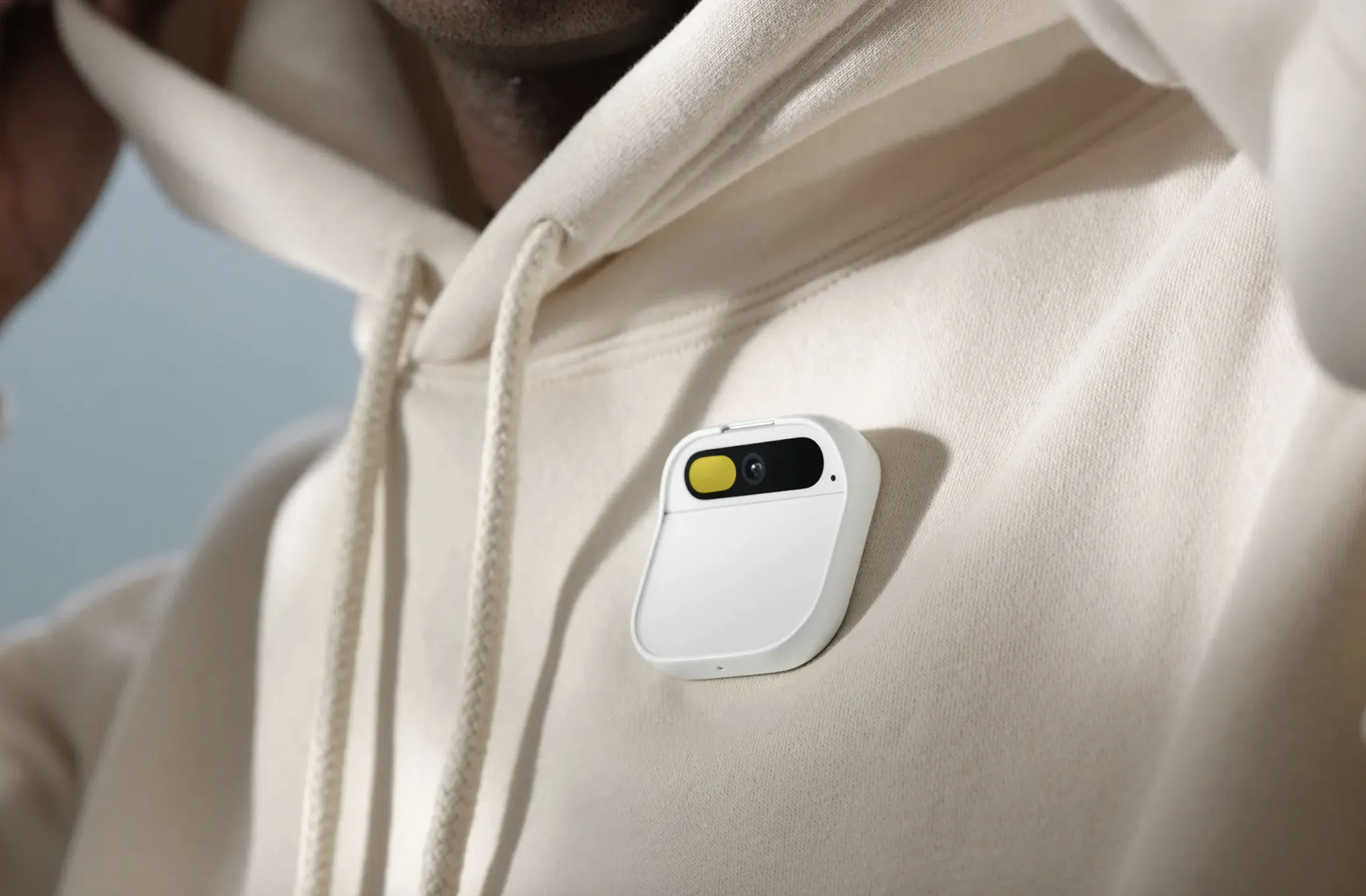
Many attribute different reasons as to why the AI Pin and R1 didn’t take the market by storm – Humane’s product was too expensive, worked rather slowly and had sub-par battery life (to name a few), while the R1 fell victim to unreliable performance, limited functionality, and a case of incomplete information. Many questioned the need for such devices, when most phones can already do the same tasks more efficiently, with the added benefit of well-rounded hardware.
Perhaps the same can be said for smartwatches – like the Humane AI Pin, they’re designed for both form and function in a compact package, and like the R1 feature a custom set of controls and small display for UI navigation. Unlike these two however, they do excel in key areas which matter the most for users.
![]()
One is practicality – since watches already exist both as handy little devices and as fashion accessories, it only made sense for manufacturers to adopt the same technologies found in smartphones and tablets, and shrink them down to a smaller form factor which can then complement a user’s device setup. They’re also easy to use – no need for any confusing proprietary controls and laser projection, as well as a whole new hardware design.
Of course more important is functionality, which by many accounts the R1 and AI Pin have difficulty living up to. Sure, most smartwatches are tied to a user’s phone for wireless connectivity, but there are of course cellular models which are able to tap into the internet, and keep users updated with messages, email and other apps which require online connectivity.
There is a caveat being that smartwatches lack native AI functionality…
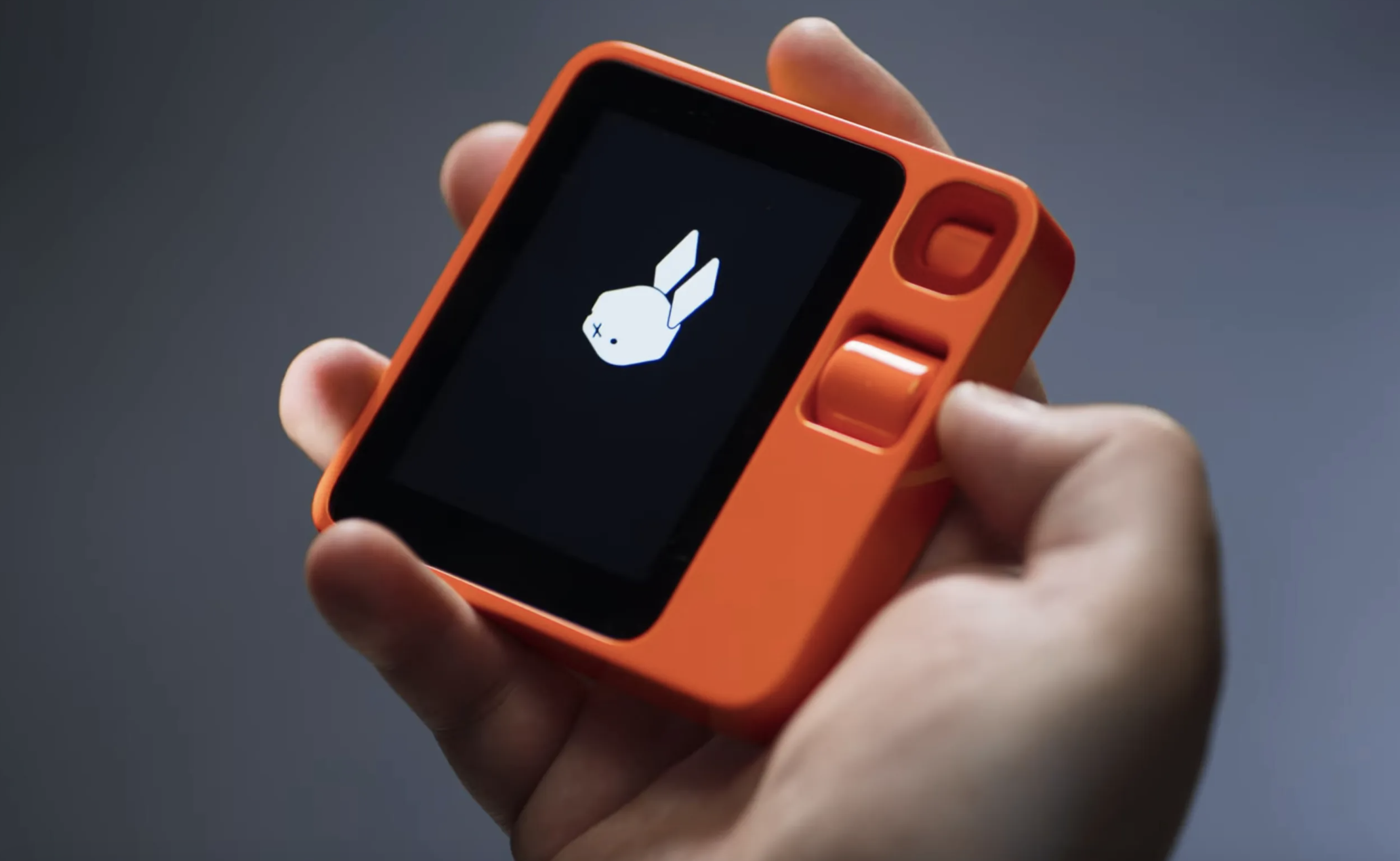
There is a caveat being that smartwatches lack native AI functionality, although based on the performance that we’ve seen so far with R1 and AI Pin, a Wear OS smartwatch set to work with Google Assistant can do a similar – or even better job – of giving users smart assistant functions. Need to call on your voice assistant to send a text or turn on the smart vacuum in the living room? It’s all there on your wrist, with enough battery to spare by the end of the day.
Now to be fair, it is important to acknowledge that the Humane AI Pin and Rabbit R1 are the first of their kind. Similar to how most early smartwatches seemed limited back in the day, one could say that there is still room for improvement, and perhaps succeeding products in this industry segment will be more refined.
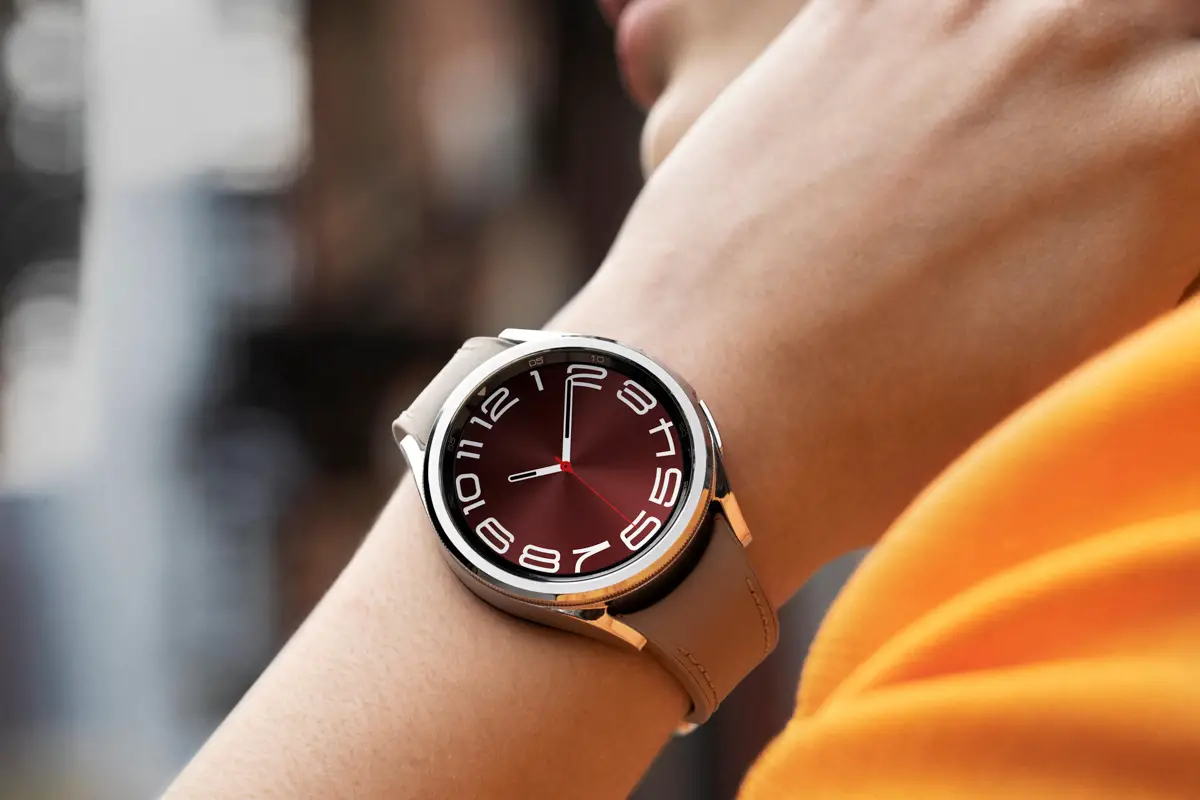
On the other hand though, given that most consumers (and reviewers) seem to be looking for a mostly complete product from the get-go, folks after a miniscule smart device on their person will no doubt find a more complete and functional experience with smart wearables, at least at the moment.

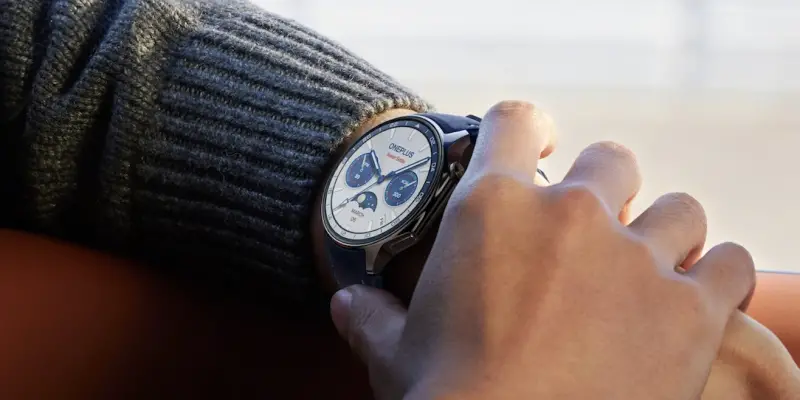
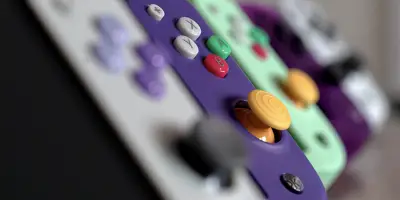
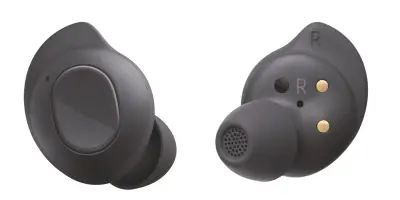
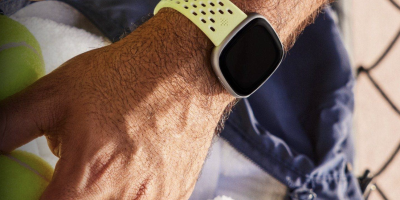






Comments